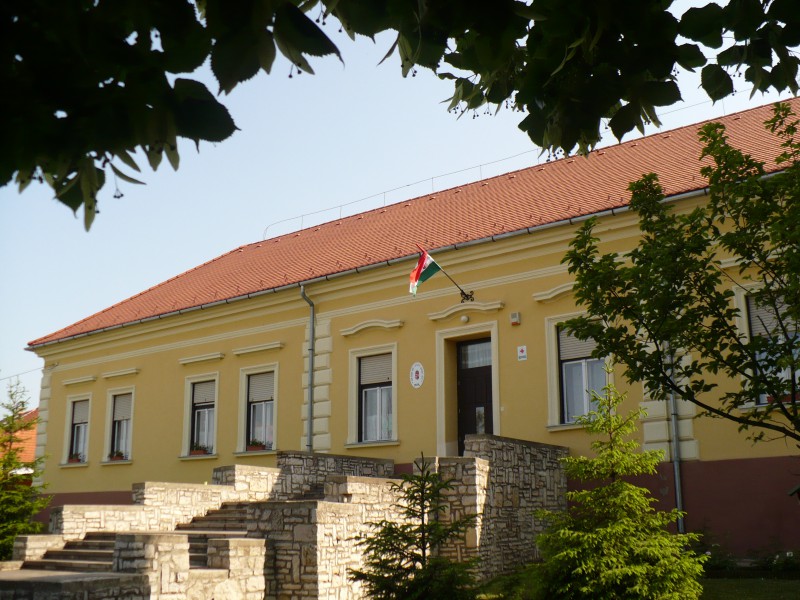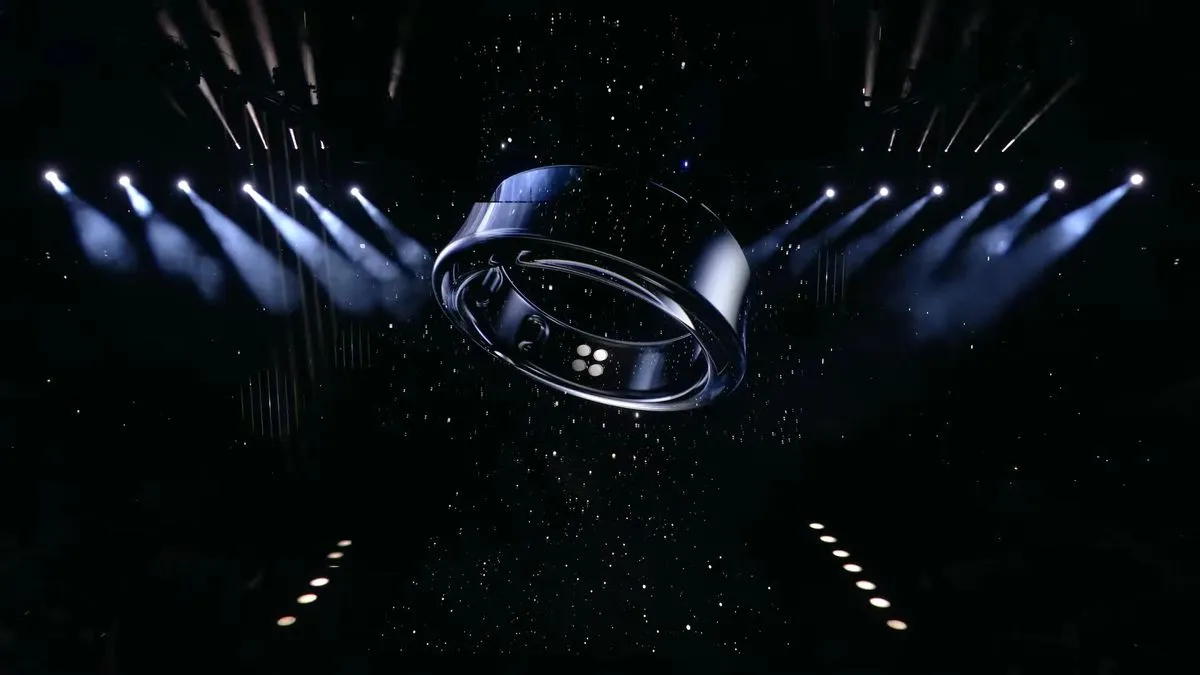After a sudden strong cooling, the South Pole showed a strange jump – mentioned time frame An edition of the European Southern Observatory and Science News.
Nearly a hundred images of the farthest planet in the solar system were taken using terrestrial and space telescopes in the infrared range over a period of more than 17 years (2003-2020). The change in the temperature of Neptune’s atmosphere during the study period showed for the first time a strong abrupt global decrease, followed by an increase in temperatures around the South Pole. International research team member Michael Roman described it as an unexpected event, predicting the atmosphere would slowly warm up rather than cool down.
Seasons on Neptune, like Earth, change much more slowly, one season lasts about 40 years, and one year of Neptune corresponds to 165 years on Earth. Summer began in the Southern Hemisphere in 2005. Although summer has come, the data has shown a decrease in temperature over the past two decades. The global temperature of the icy planet has decreased by 8 degrees
Between 2003 and 2018. But in the past two years, temperatures around the Antarctic have risen dramatically, with a rise of 11 degrees in 2018-2020. between. Although researchers have known about the planet’s warm polar vortex for years, such rapid warming has not been observed in the Arctic. The observed period covers less than half of the season and the researchers did not expect such a jump in this.

It is not easy to measure the temperature of Neptune, it is 4.5 billion km away and the average temperature is about -220 degrees. Sensitive infrared images can be taken with giant binoculars similar to very large binoculars in the Atacama Desert in Chile. About a third of the images were captured using the European Southern Observatory’s (ESO) Very Large VRT and Spectroradiometer Infrared Spectroradiometer (VISIR).
Astronomers are still unable to provide an accurate explanation for the sudden fluctuation in temperature. Possible causes include chemical changes in Neptune’s stratosphere and solar patch cycles, in which the sun’s ultraviolet rays break down methane molecules in the geosphere and may be involved in random atmospheric events.
In the future, those larger than ESO’s Very Large Telescope (ELT) will be able to detect temperature changes in more detail and accuracy, and the James Webb Space Telescope will map chemical composition and atmospheric temperature more accurately than ever before. The results so far point to a more complex atmospheric system that changes over time.
Follow us on Facebook!















































